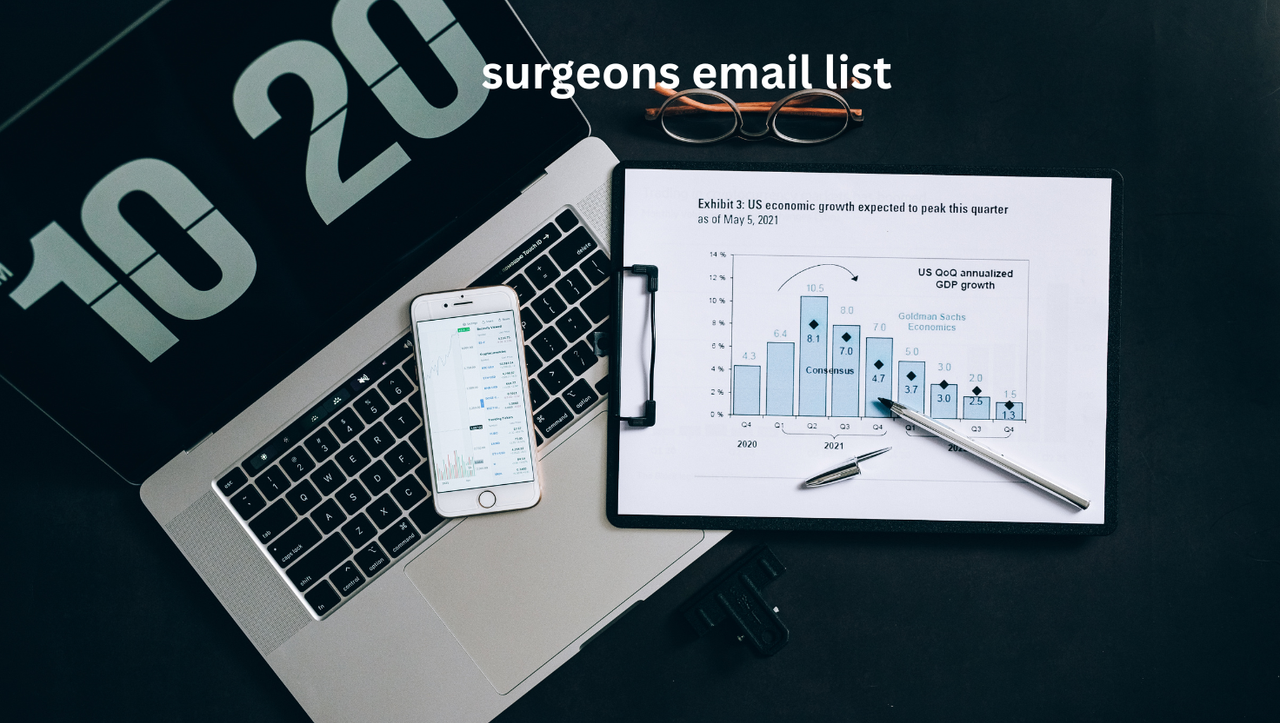It is important to understand how to find leads. Think about who would want to drink lemonade on a hot day. People walking by, kids playing nearby, or even your friends and family could be leads. For a real business, leads can come from many places. For example, someone might see an advertisement for a toy store. If they are interested in buying a toy, they become a lead for that store.
What are Leads?
A lead is someone who shows overseas data interest in what a business offers. This could be a product or a service. For instance, if someone visits a website that sells shoes, they are showing interest. Or, if someone asks for more information about a new video game, they are also a lead. Leads are not yet customers, but they could become customers in the future. Therefore, businesses work hard to find and connect with leads.
Finding good leads is very important. Not everyone will be interested in every product. So, businesses try to find people who are most likely to become customers. For example, a store that sells baby clothes will focus on finding parents or people expecting a baby. These people are more likely to buy baby clothes than someone who doesn't need them. Therefore, targeting the right people saves time and effort.

Different Kinds of Leads
There are different ways to categorize leads. One way is by how interested they seem. Some leads are just starting to learn about a product. These are called "cold leads." Other leads have shown more interest, maybe by asking questions or signing up for an email list. These are "warm leads." Finally, "hot leads" are very interested and might be ready to buy soon. Businesses treat these different kinds of leads in different ways.
Another way to think about leads is where they come from. Some leads come from online sources, like social media or websites. Other leads might come from people you meet at events or through referrals from other customers. Understanding where leads come from helps businesses know which methods are working best. For example, if a lot of leads come from social media, the business might invest more time and money there.
After 200 words, we will add a heading.
What is a Sale?
A sale happens when a lead decides to buy the product or service. This is the main goal for most businesses. When a sale is made, the business gets money, and the customer gets something they need or want. Sales can happen in many different ways. For example, someone might buy clothes from a store, subscribe to a streaming service online, or hire someone to fix their car.
A successful sale is not just about getting someone to buy something once. It is also about making the customer happy so they might buy again in the future. Good customer service and a good product or service are very important for this. Happy customers might also tell their friends and family about the business, which can lead to more leads and sales.
The Sales Process
Often, there is a process that leads to a sale. First, the business needs to find leads. Then, they need to connect with these leads and tell them more about what they offer. This might involve answering questions, giving demonstrations, or offering free samples. If the lead is interested, they might decide to buy. After the sale, the business might follow up with the customer to make sure they are happy. This whole process, from finding a lead to making a happy customer, is called the sales process.
Turning Leads into Sales
The journey from a lead to a sale is very important. Not all leads will become customers. Therefore, businesses need to work on "converting" leads into sales. This means taking the people who are interested and helping them decide to buy. There are many ways to do this.
One way is by building trust. If people trust a business, they are more likely to buy from it. Businesses can build trust by being honest, providing good information, and having good reviews from other customers. Another way is by showing the value of the product or service. Leads need to understand how the product or service will help them or make their lives better.
Moreover, making it easy to buy is crucial. If the buying process is confusing or difficult, people might give up. Whether it's an online store or a physical shop, the process should be simple and clear. Additionally, following up with leads can be effective. Sometimes, people need a little reminder or more information before they are ready to buy. However, it's important not to be too pushy.
Furthermore, sometimes offering a special deal or discount can encourage a lead to become a customer. However, businesses need to be careful not to rely on discounts too much, as they want customers to value their products for more than just the price. Ultimately, understanding the needs of leads and helping them see how the product or service can meet those needs is key to making a sale.
Building Relationships
Building good relationships with leads and customers is very important for long-term success. When customers feel valued and understood, they are more likely to buy again and recommend the business to others. This can happen through friendly communication, good customer service, and even asking for feedback on how to improve.
For example, a local bakery might remember a regular customer's favorite type of bread. This small detail can make the customer feel special and more likely to keep buying from that bakery. Similarly, an online store might send personalized recommendations based on a customer's past purchases. This shows that the business is paying attention to the customer's interests.